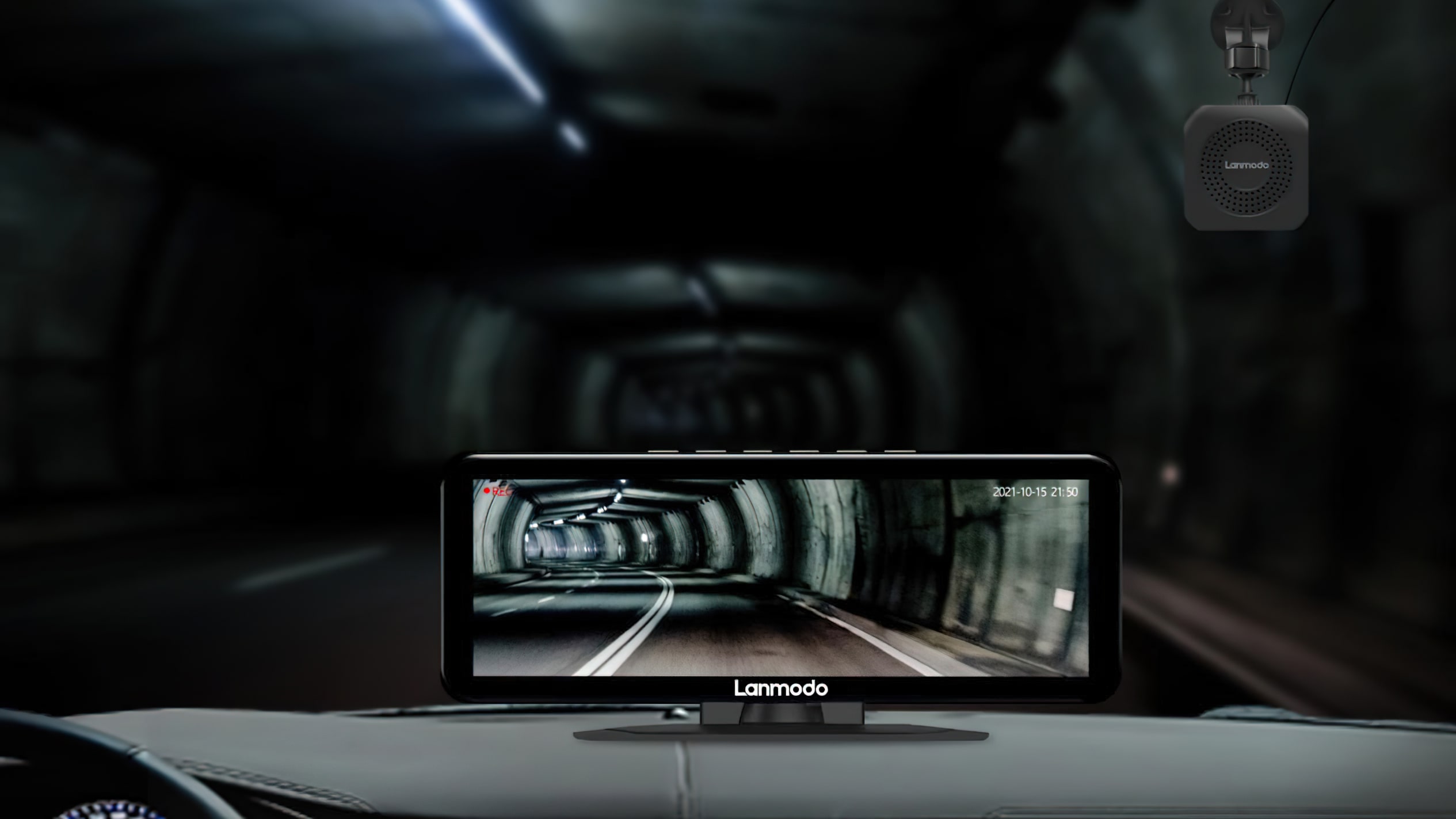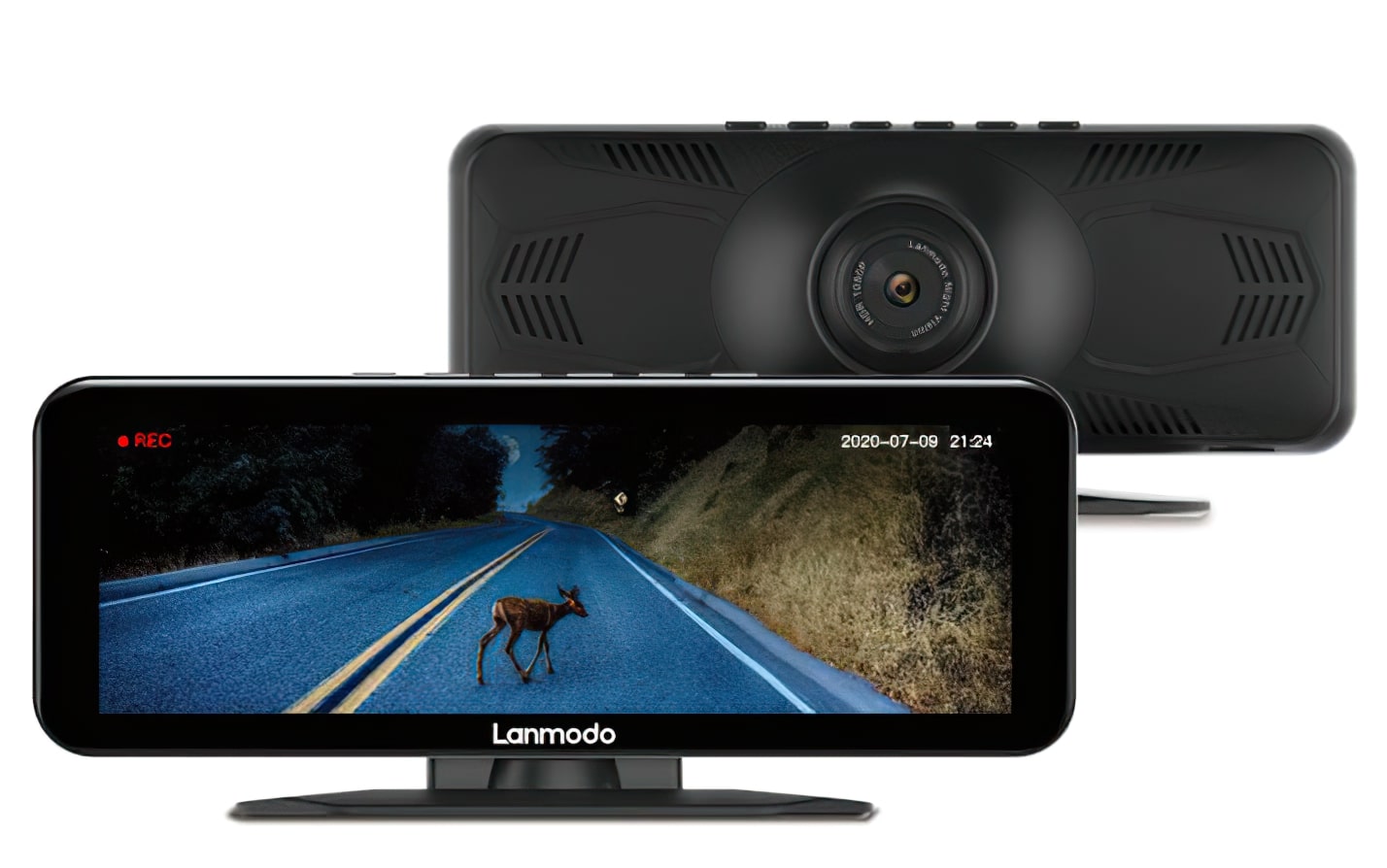
With no signal of AMD’s subsequent technology of Navi GPUs in sight, their newly-released Radeon 7 is presently their toppest of top-end graphics playing cards obtainable in the present day. But how does it stack up towards Nvidia’s toppest of top-end graphics playing cards, the RTX 2080 Ti? That’s what we’re right here to seek out out – and I’ve even finished my graph colors the precise method spherical this time, which is greater than could be mentioned of my Radeon VII vs RTX 2080 comparability piece. To the bar charts!
Now I do know the Radeon 7 and RTX 2080 Ti aren’t actually in the identical league relating to general energy. After all, the Radeon 7 has a troublesome time beating its non-Ti sibling, the RTX 2080, more often than not, so that you would possibly say it’s unfair to place these two playing cards collectively like this, particularly when the RTX 2080 Ti is by far and away the best graphics card you should buy in the present day.
But this isn’t actually about saying which card you can purchase over the opposite. For starters, the RTX 2080 Ti prices over £400 / $400 greater than the Radeon 7, so it’s not like they’re even in the identical potential worth bracket. Instead, I’m extra fascinated with seeing what in the present day’s top-end AMD card seems like towards in the present day’s top-end Nvidia card, as a result of everybody likes evaluating the very best of 1 factor with the very best of one other factor, no matter how a lot they value. So no tantrums within the feedback, you hear? Good.
Radeon VII vs RTX 2080 Ti: How we check
In a lot the identical method as I performed my RTX 2060 vs GTX 1060 and RTX 2080 vs GTX 1080 articles, this comparability check entails placing every card by virtually each game in my normal graphics benchmarking suite to see what their common body fee is throughout totally different resolutions and graphics settings. I’ve used built-in benchmarks the place I can, however for games that don’t have benchmarks of their very own, I’ve performed the identical chunk of stage for every card, noting down minimal and most body charges for these specific sections and taking a mean body fee from there.
The playing cards in query are AMD’s Radeon 7 and Nvidia’s RTX 2080 Ti Founders Edition, and the games I’ve chosen for this specific comparability check are: Shadow of the Tomb Raider, Final Fantasy XV, Assassin’s Creed Odyssey, Forza Horizon 4, The Witcher III, Total War: Warhammer II and Monster Hunter: World. As standard, I’ve excluded Doom, as a result of every little thing can run Doom at foolish body charges.
Each card has additionally been examined in the identical PC – the Intel Core i5-8600Okay CPU and 16GB of RAM system I used to assessment them within the first place – though hopefully I’ll be including in additional outcomes with both a Core i7 or Ryzen 7 CPU very quickly to see what every card is basically fabricated from with elements extra befitting of a high-end construct. I’ve additionally solely centered on how they each carry out at 4K and 2560×1440 for now, as each of them are greater than able to delivering properly over 60fps at 1920×1080 on max settings – plus, you actually don’t must spend upwards of £650 / $700 on a graphics card in case you’re solely going to play games at 1080p.
Radeon VII vs RTX 2080 Ti: 4K efficiency
The Radeon 7 is in no way a horrible 4K graphics card. In reality, it may play a variety of games fairly comfortably at both High or Medium high quality settings more often than not, however a 4K Ultra card it’s not, not less than not within the face of Nvidia’s RTX 2080 Ti. Whereas the Radeon 7 typically can’t muster rather more than 40fps at this graphics setting (until you’re the very easy-going Forza Horizon Four or a number of years previous like The Witcher III), the RTX 2080 Ti is pushing not less than that variety of frames, if not nearer to a mean of 55fps, making it significantly better suited to working the most recent games on the perfect graphics settings than its AMD rival.
That’s type of to be anticipated from a £1000 / $1000+ graphics card, nevertheless it simply goes to indicate that there’s nonetheless fairly a giant pace hole that AMD isn’t in a position to cater to but. That might properly change with the introduction of the corporate’s next-gen Navi playing cards, in fact, however proper now, there’s a really massive AMD-sized gap at this finish of the efficiency scale.
As a facet word, if Shadow of the Tomb Raider’s outcomes look just a little low, that’s as a result of I’ve received the game’s robust SMAA x4 anti-aliasing enabled. That could also be pointless at 4K given how sharp it seems already, however hey, I needed to spotlight that 15fps-odd bounce between the 2 playing cards that turns one thing barely playable right into a comfortably clean gameplay expertise. On the following AA setting down (SMAAT x2), you’re a mean of 62fps for the RTX 2080 Ti and 48fps for the Radeon 7.
Final Fantasy XV, in the meantime, doesn’t have any of the additional Nvidia results turned on for this check, as a result of in any other case the Radeon 7’s common body fee could be someplace down within the mid-teens as a result of it actually, actually doesn’t like being pressured into doing Nvidia’s HairWorks or TurfEffects tech when it’s probably not made for it. As a end result, that is the common body fee you may count on with all of the Nvidia results switched off.
Radeon VII vs RTX 2080 Ti: 1440p efficiency
Let’s face it, you’re in all probability not shopping for both the Radeon 7 or the RTX 2080 Ti for taking part in games at 2560×1440, as there are many different graphics playing cards that may do this for a heck of rather a lot much less. But I believed I’d embody this graph anyway, as a result of in case you occur to personal a 1440p monitor with a refresh fee larger than 60Hz, akin to 120Hz and even 144Hz, then you definately’re in all probability going to wish a extra highly effective graphics card like one among these to assist make use of all these additional frames – particularly if you wish to do it on the very best graphics settings.
And as soon as once more, it’s Nvidia’s RTX 2080 Ti that may greatest fulfil this purpose, as each game however one in my benchmarking suite has a mean body fee of not less than 75fps on Ultra settings, if not considerably larger. The Radeon 7, in the meantime, settled a lot nearer to 60fps in current games, though you’ll nonetheless have the ability to get larger body charges on older games akin to The Witcher III, or extremely optimised games like Forza Horizon 4.
I ought to word, in fact, that cheaper graphics playing cards akin to my present 1440p best graphics card champ, the RTX 2060, are additionally able to hitting body charges or 70fps+ at 2560×1440, so it’s undoubtedly not essential to spend who is aware of how a lot on both the Radeon 7 or RTX 2080 Ti to utilize all these additional Hz. However, you’ll have to accept Medium graphics settings to hit these sorts of speeds, which can be a compromise too far for many who worth graphical constancy above all else (though between you and me, I’d a lot relatively have the next body fee than tremendous duper, additional shiny polygons).
Still, even at this decision it’s clear AMD have gotten much more work to do in the event that they’re going to meet up with Nvidia’s RTX 2080 Ti, because the 20fps-odd hole between the 2 playing cards at 4K balloons even additional right here to round 30fps. That’s fairly the bounce, all issues thought-about, and for some it could be price that additional £400 / $400 separating the price of the 2 playing cards. What’s extra, even when there’s some bottle-necking occurring right here attributable to solely having a Core i5 CPU at their disposal, it’s taking place to each of them, so I’d nonetheless count on to see a similar-ish hole between them even when I retested them with a Core i7 or Ryzen 7 CPU.
Radeon VII vs RTX 2080 Ti: Conclusion
Ultimately, although, AMD’s top-end graphics card simply isn’t as prime as what’s on supply over at Nvidia, with the RTX 2080 Ti comfortably sustaining its lead because the toppest of all prime graphics playing cards. For now, anyway.
As I discussed earlier, it’s attainable AMD’s upcoming Navi playing cards would possibly assist redress the steadiness considerably, as goodness is aware of we may all do with a bit extra competitors at this finish of the efficiency spectrum to assist drive down these horrendous costs a bit. Until then, nonetheless, Nvidia’s RTX 2080 Ti holds onto its crown because the toppest of top-end graphics playing cards.




